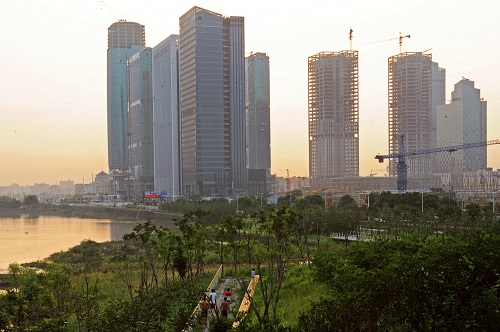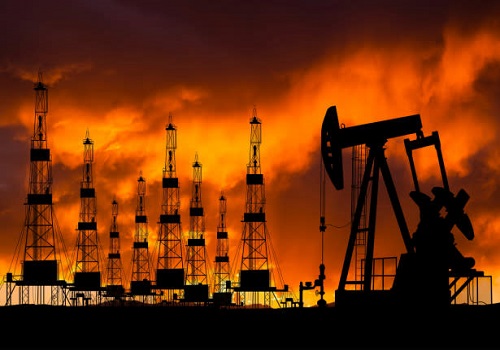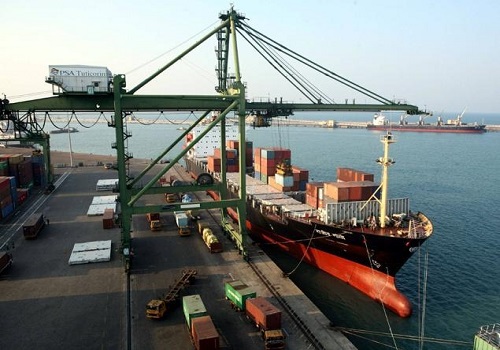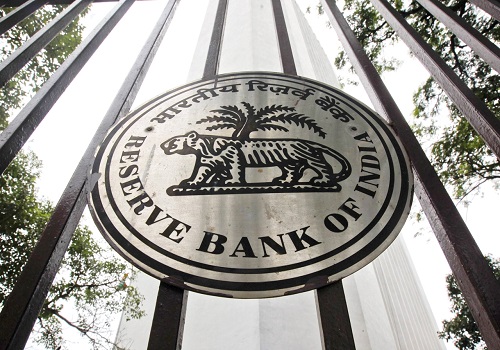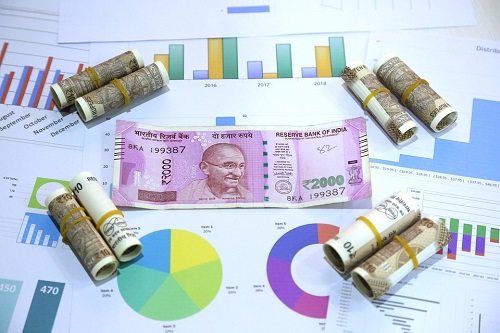Power sector update : What happens if there is El Nino? By JM Financial Institutional Securities Ltd
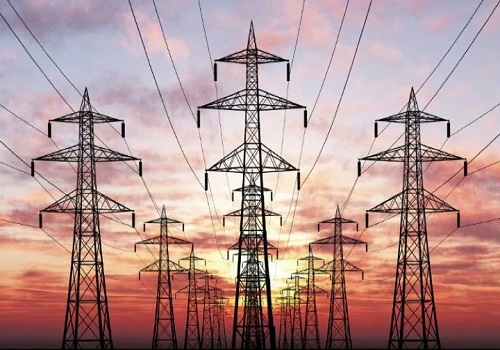
Follow us Now on Telegram ! Get daily 10 - 12 important updates on Business, Finance and Investment. Join our Telegram Channel
https://t.me/InvestmentGuruIndiacom
Download Telegram App before Joining the Channel
The probability of El Niño occurring this year is increasing with every revised prediction; currently, it stands at 60% by Aug-Oct’23. If El Nino appears, it could lead to an extended and humid summer season in India. During the recent winter and summer in India, higher deviation in temperatures (min as well as max) led to a spike in peak demand. This indicates the strengthening of a U-shaped relationship between temperature and electricity consumption in India wherein changes in average temperature do not affect electricity consumption by a large extent but extreme temperatures have a strong impact. We believe that the advent of El Niño in 2HCY23 may further sharply increase the demand for power (particularly peak demand) in the country in the second half of the year with major beneficiaries being NTPC, Coal India, Tata Power and JSW Energy in addition to other sector players.
* Increasing probability of El Nino: The various global models are predicting El Niño to appear around the second half of 2023, the latest being from the Climate Prediction Centre, NCEP, USA on 9 th Feb’23. Presently, La Nina is underway for the third consecutive year and is expected to weaken from the spring of 2023. Subsequent transition from La Niña to ENSO-neutral is expected to begin within the next couple of months which will be followed by El Nino with a probability of 60% by Aug-Oct’23 (ASO) and 62% by SepNov’23 (SON) as per the latest forecast on 9th Feb’23.
* What is El Niño?: It is a phenomenon which occurs with the slowing or reversing of the direction of winds of the equatorial Pacific region and thereby increasing or decreasing the temperature of waters over a vast sea area of the Central and Eastern Pacific Ocean. There are two conditions. The first condition, wherein an increase in pressure over the West Pacific Ocean results in the movement of both water and wind to the East Pacific, is called El-Nino. It leads to rains in the East Pacific coast of Chile, Argentina, etc., and droughts in India, Indonesia, Australia, etc. The second condition is called La-Nina and it causes more-than-average rainfall in India.
* Earlier occurrences: During El Niño, a lot of accumulated heat gets released into the atmosphere resulting in warm weather across the Indian subcontinent in winter and dry conditions and a deficient monsoon in summer. The El Nino weather phenomenon in 2015 in India led to extended hot and humid weather up to Oct’15. The average temperature during Apr-Oct’15 was more than 2.20 C on 133 days out of 201 days. During the summer of Apr-Jun’19, another El Nino year, the average temperature was more than 2.80 C on 64 days out of 91 days.
* Demand spikes during extreme temperature: Recently, during 1QFY23, against the requirement of 405 Billion Units (BU), the energy supplied was 401BU. Peak demand touched an all-time high of 212GW on 10th Jun’22. It is attributed to early summer with 68 days out of 91 days recording more than 3.530 C from the normal temperature. During recent winters, with the decline in minimum temperature, consumption of power and peak demand increased sharply, unlike in the past. Peak demand grew 12% YoY against overall energy demand growth of 9%. While changes in average temperature do not affect electricity consumption to a large extent, extreme temperatures have a strong impact
* Power demand to rise further, resulting in higher PLFs and merchant power rates: We expect power demand growth to increase further in the coming months, much more than its recent averages and for an extended period. We believe that any traction in power demand beyond normal will lead to an increase in PLF of thermal utilities, an increase in merchant power rates, and can revitalise stressed assets. NTPC, Tata Power, JSW Energy and Coal India will be key beneficiaries
To Read Complete Report & Disclaimer Click Here
Please refer disclaimer at https://www.jmfl.com/disclaimer
SEBI Registration Number is INM000010361
Above views are of the author and not of the website kindly read disclaimer










More News

Auto & Auto Ancillaries Sector Update :2Ws to re-rate further -`TINA` factor at play By Emka...
